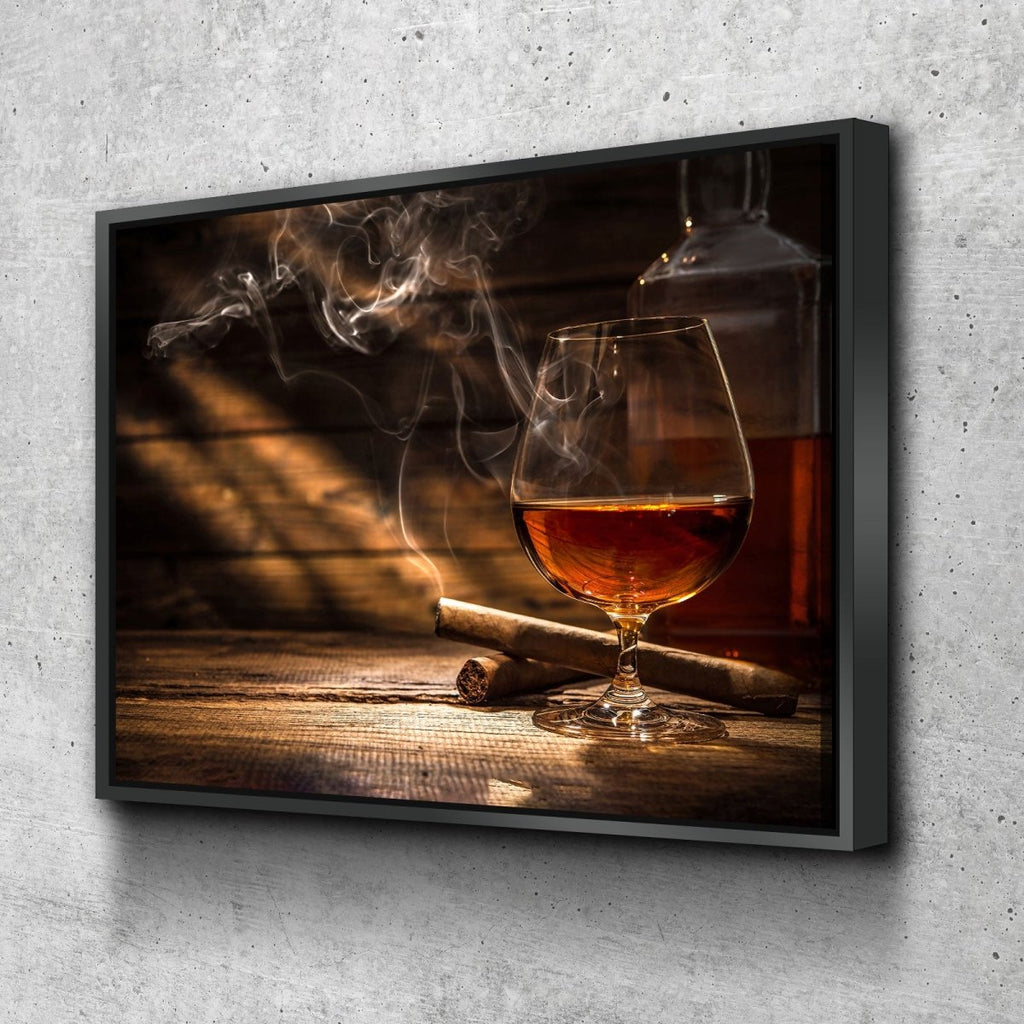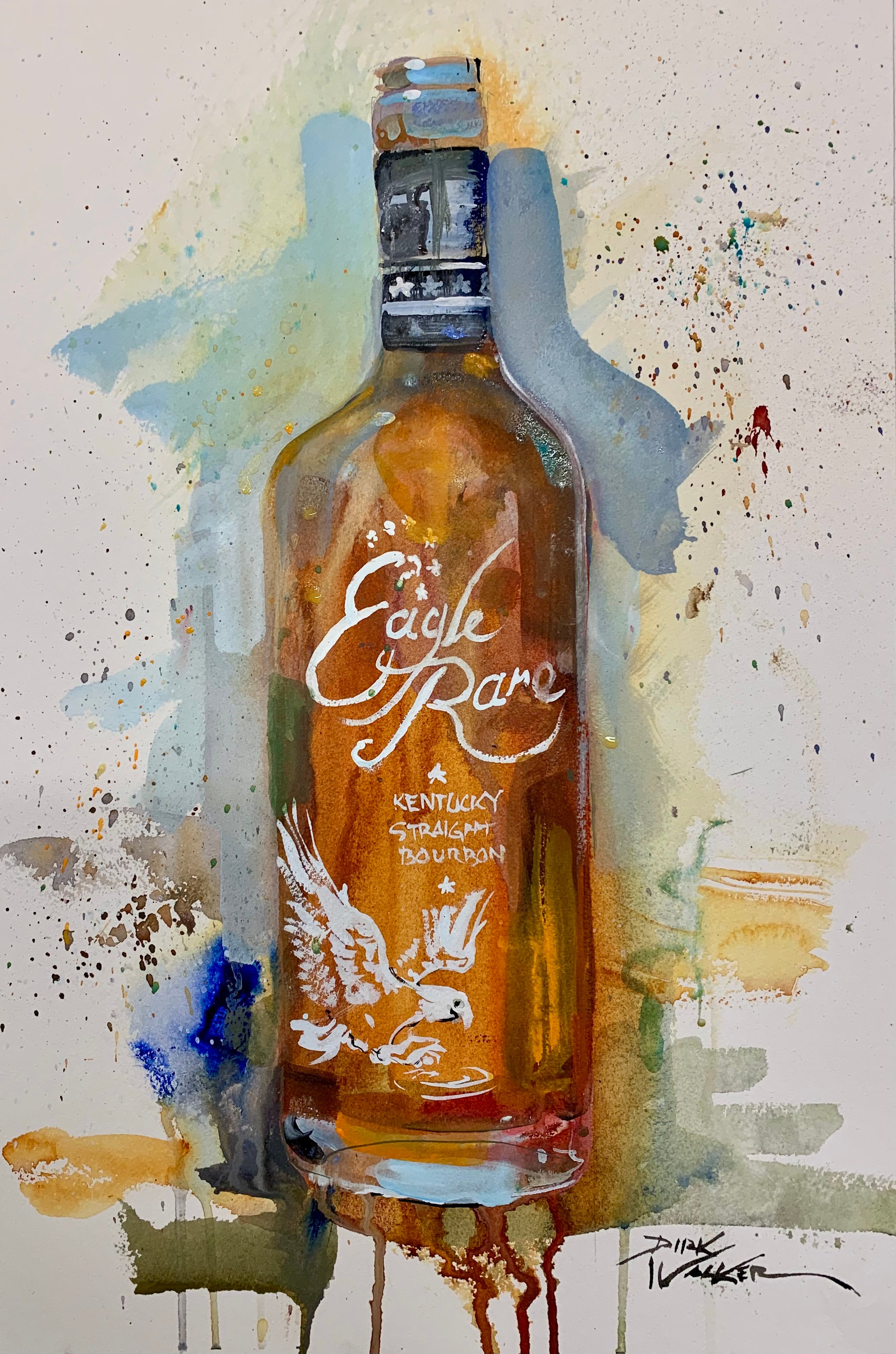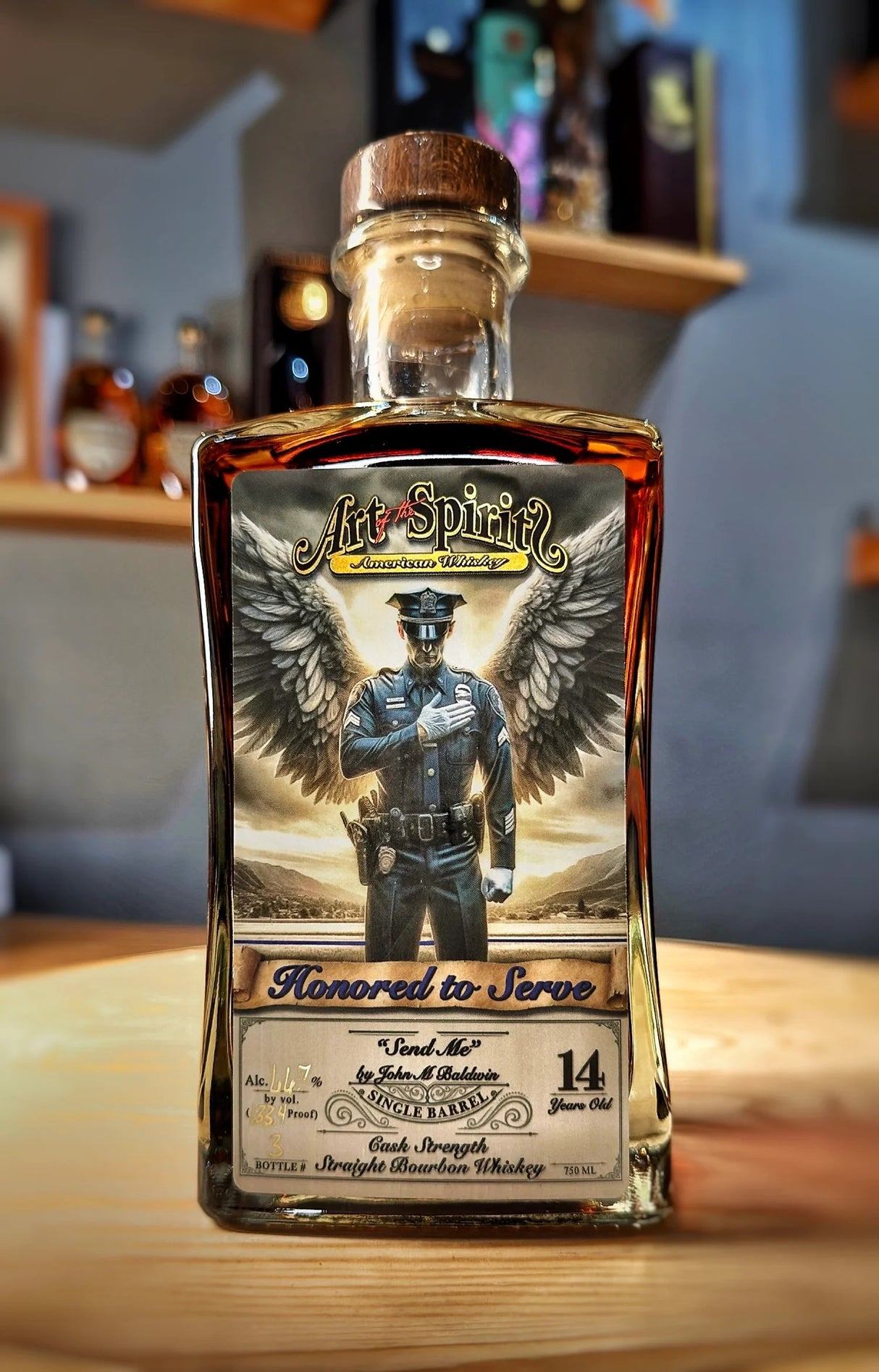Whiskey Art: Capturing the Essence of Distillation in Every Brushstroke
Whiskey Art: Capturing the Essence of Distillation in Every Brushstroke
Blog Article
The Significance of Whiskey Art in Celebrating Heritage and Craftsmanship in the Beverage Sector
The complex relationship in between scotch art and the celebration of heritage and workmanship within the beverage sector can not be overemphasized. Through attentively developed bottles and tags, whiskey brand names encapsulate their historic roots and the artisanal abilities that define their manufacturing techniques.
The Historical Origins of Whiskey
At the heart of scotch's allure exists a rich tapestry of historic roots that map back to ancient people. The origins of scotch can be connected to the purification methods of the Sumerians and Babylonians around 2000 BCE, where early kinds of fermented grain drinks began to arise. It was in the Middle Ages that the art of purification evolved substantially, particularly in Ireland and Scotland, leading to the development of bourbon as we know it today.
The term "whiskey" itself stems from the Gaelic word "uisce beatha," suggesting "water of life." This phrase highlights the social significance of whiskey in Celtic societies, where it was usually associated with rituals, events, and public bonding. By the 15th century, distillation became an acknowledged craft within reclusive areas, leading the way for the establishment of legal distilleries.
As trade paths increased, bourbon's appeal grew, transcending local borders and recording the interest of connoisseurs worldwide. Whiskey Art. This historical journey shows not only the craftsmanship behind scotch manufacturing however likewise its indispensable duty in social and cultural contexts, marking it as a considerable beverage throughout history
Artistic Expression in Branding
Whiskey branding stands as a compelling intersection of artistry and commerce, where visual identification plays an essential role in shaping consumer perception. The aesthetic appeals of scotch labels, packaging, and marketing products mirror not just the brand's story but also its core worths and heritage. With creative expression, distilleries communicate a narrative that reverberates with customers, evoking emotions and sparking links.
Using shade, typography, and imagery in branding offers to separate products in a saturated market. Traditional concepts may stimulate a sense of credibility and craftsmanship, while modern-day styles can signify advancement and forward-thinking. This strategic imaginative direction improves brand acknowledgment and commitment, enabling customers to forge an individual relationship with the bourbon they choose.
Additionally, artistic expression in branding commonly works as an event of local heritage. Distilleries often include local signs or historic references right into their designs, producing a local color that invites customers to partake in a wider social experience. Ultimately, the artistry behind scotch branding not only enhances aesthetic charm however also enhances the overall story of the brand name, fostering a much deeper admiration for the workmanship and heritage ingrained in each bottle.
Craftsmanship in Container Layout
The virtuosity evident in scotch branding prolongs past aesthetic identification to incorporate the craftsmanship involved in bottle style. Each bottle functions as a vessel not simply for the spirit within, yet additionally for the tale it informs about its quality, origin, and tradition. The design procedure calls for thorough focus to information, as components such as form, product, and closure add substantially to the general understanding of the whiskey.
Workmanship in bottle design involves picking high-quality glass that can boost the bourbon's color and clarity, while also giving a responsive experience for the consumer. The silhouette of the container need to be both cosmetically attractive and functional, frequently reflecting the heritage of the brand name. Numerous distilleries go with one-of-a-kind forms or embossed logo designs that evoke a sense of credibility and history.
In addition, Recommended Reading the tag design and typography play a crucial duty in interacting the brand's story. Whiskey Art. A well-crafted container not only astounds the consumer's read what he said eye but likewise reinforces the brand name's commitment to top quality and tradition. By doing this, the craftsmanship of container style becomes a crucial aspect of the scotch experience, merging creativity with a profound respect for heritage
Social Importance of Bourbon Art
Celebrating practice and craftsmanship, the social significance of scotch art goes beyond simple aesthetics, linking with the social and historical stories of the areas from which it stems. Each bottle offers as a canvas, depicting the distinct tales, folklore, and customs that have actually shaped regional whiskey-making techniques. The intricate styles usually reflect the heritage of the distillers, including icons and motifs that resonate with the society and worths of their communities.

Additionally, scotch art plays a vital duty in communal events and celebrations, offering as a tangible link in between people and their shared experiences. By valuing the virtuosity in scotch product packaging, consumers cultivate a much deeper understanding and respect for the craft, eventually enriching their pleasure of the drink itself.
Modern Trends in Whiskey Presentation
In recent times, the presentation of scotch has actually evolved to show modern preferences and trends while still recognizing typical craftsmanship - Limited Edition. Distilleries are significantly concentrating on aesthetic aspects that boost the overall drinking experience, connecting the void in between heritage and modernity
Innovative bottle styles have actually arised, frequently integrating lasting products and imaginative tags that tell compelling tales. Several brands now collaborate with regional musicians, instilling their items with one-of-a-kind aesthetic expressions that reverberate with consumers. Additionally, limited-edition releases are typically packaged in collectible containers, including worth and charm for aficionados.

Final Thought
To conclude, whiskey art acts as an essential conduit for revealing the heritage and workmanship integral in the beverage industry. With complex branding, cutting-edge bottle designs, and culturally considerable creative components, bourbon brands efficiently honor their customs and attach with customers. This imaginative story not just elevates the appreciation of whiskey however likewise strengthens neighborhood identification and satisfaction amongst manufacturers. Inevitably, bourbon art plays an essential role in preserving and celebrating the rich cultural tapestry of whiskey-making.


Workmanship in bottle style involves selecting high-quality glass that can boost the bourbon's shade and clarity, while also giving a responsive experience for the consumer. In this way, the workmanship of container design becomes an essential element of the scotch experience, merging virtuosity with a profound respect for heritage.
In verdict, scotch art serves as an essential channel for expressing the heritage and workmanship intrinsic in the beverage sector.
Report this page